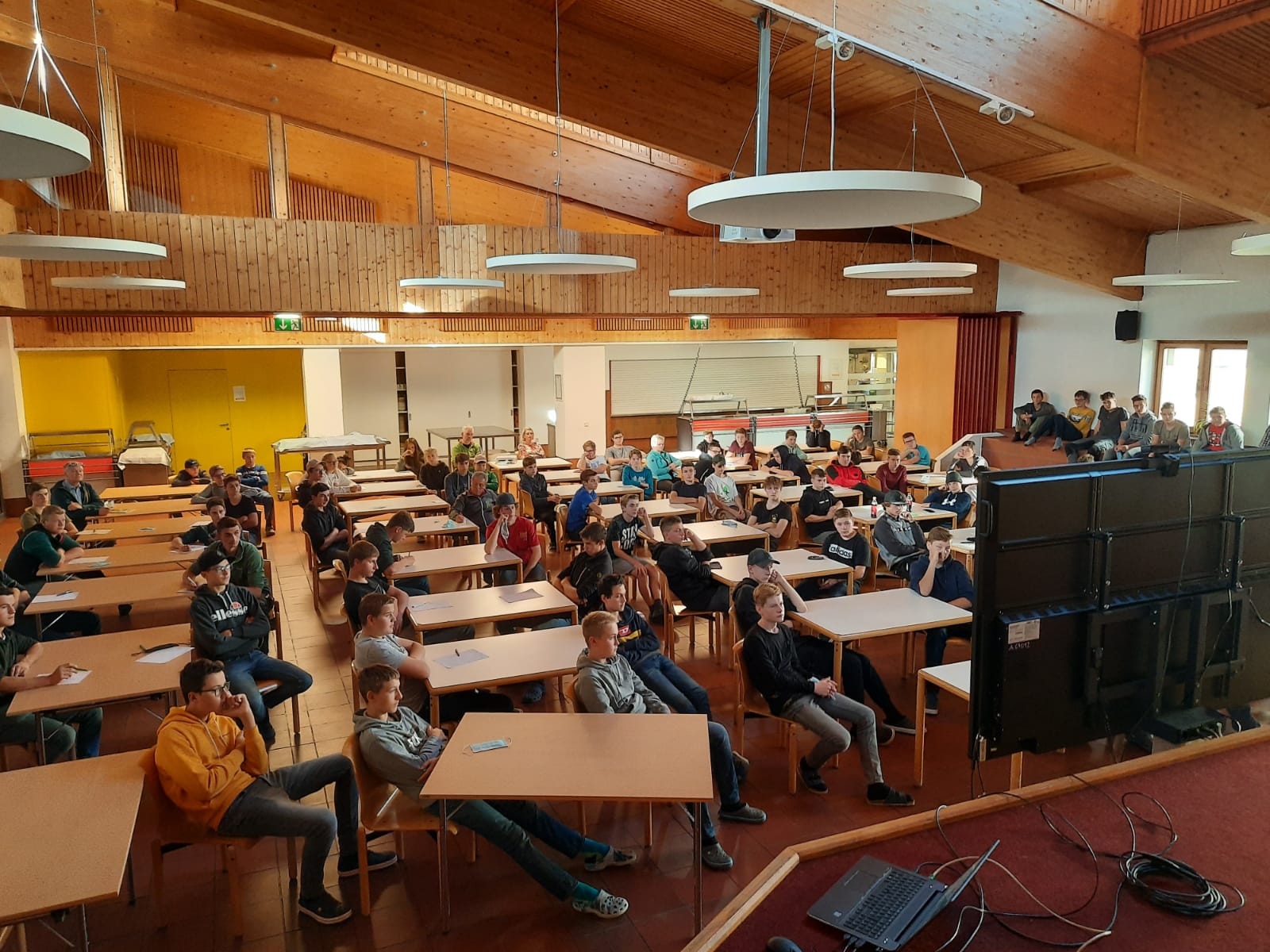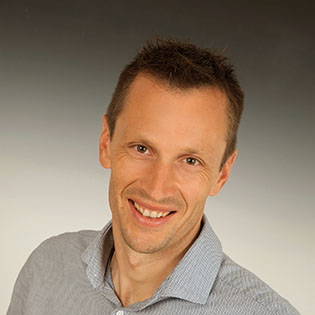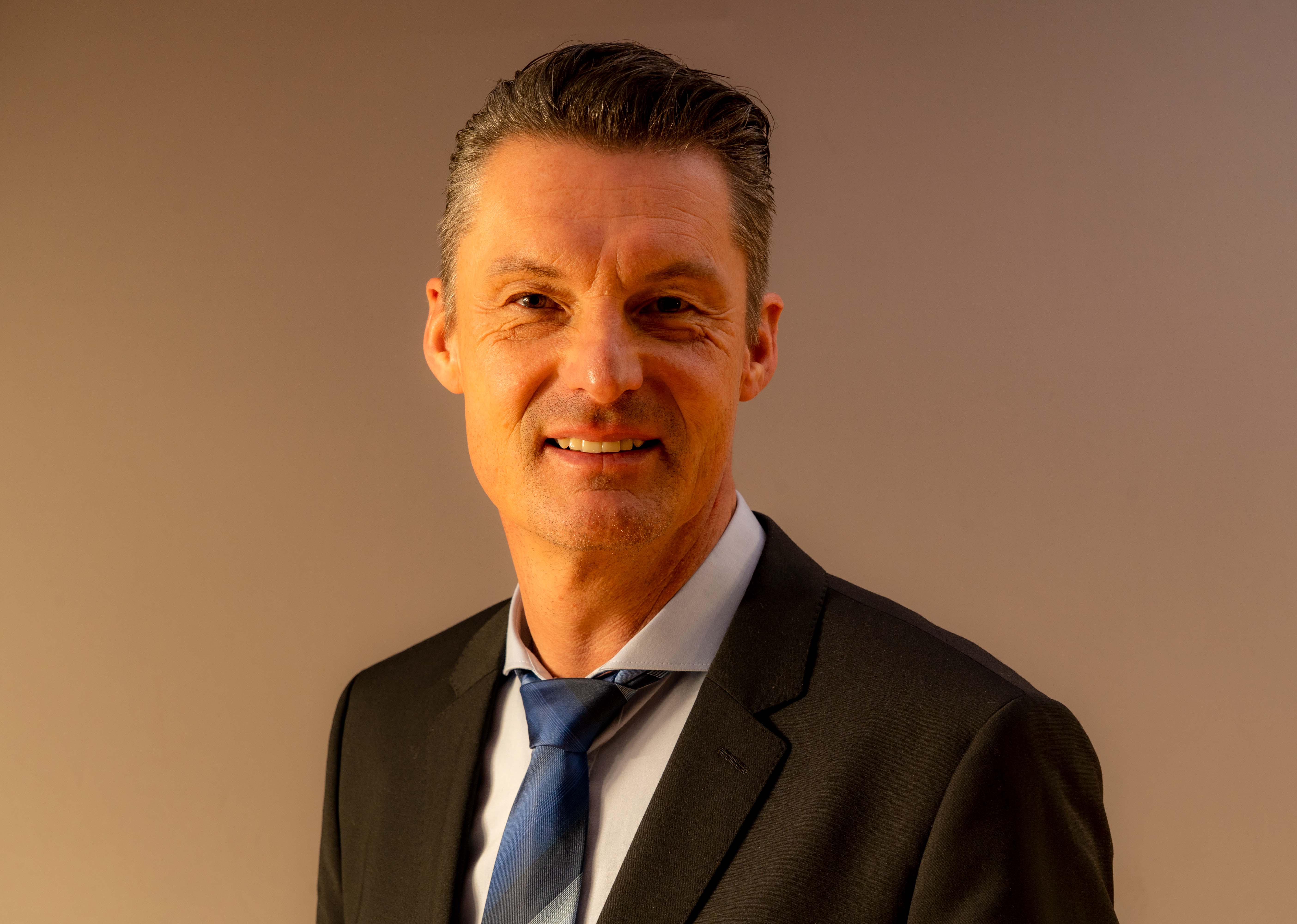The lecture series started with the keynote speaker Christoph Burkhardt . He defined “agricultural revolution” and what it means for us. He talked about effective collaboration between humans and machines and illustrated digital pattern recognition. As an example of recognizing individual behavior, he presented Netflix, which provides customized television programs for users. Using facial recognition via Google Lens, it is possible to recognize future customers by their faces and to predict reactions based on recurring patterns. He covered lameness detection in animal husbandry, early detection and targeted treatment based on recurring patterns
David Buchberger from CNH Industrial , presented the application of NIRS in foreign trade. NIRS means near-infrared spectroscopy and is used by As part of the discussion, questions were asked as to whether the tractor is accurate in practice, how the calibration works, whether regional reference numbers are available and what costs can be expected.
Christian Fasching from the HBLFA Raumberg-Gumpenstein gave a look into the rumen and presented the possibility of measuring forestomach activity using the rumen sensor from smaXtec. The benefit was the early detection of diseases, especially those that are associated with reduced feed intake or specifically diseases of the forestomach system , called. The system opens up the possibility of carrying out a ration assessment and detecting feeding errors at an early stage.
Dominik Spender is a practicing farmer and gave conference participants an insight into his digitalized business. 60 dairy cows, which have a very high level of performance, are cared for using milking robots and feeding robots. The animals are equipped with smaXtec sensors and an automatic calf feeder is used to raise calves. All systems used worked perfectly on his farm from the intensive training phase onwards.
Franz-Josef Auer from LKV presented the Sesame project with the topic of sensor-supported milk production for small and medium-sized businesses. It's about increasing the welfare of the animals, improving robustness and product quality and, on the other hand, reducing workload.
The second day started with a presentation of the Innovation Farm project and some use cases from it by Christian Fasching, Gregor Huber, Andreas Schaumberger and Christoph Berndl. In practical tests, automatic feed boosting was able to increase dry matter intake by up to 1.7 kg and therefore also increase milk production. Nedap's heat detection system worked very reliably in the experiment. The heat detection rate was almost 90% while the heat reports were correct in over 90% of cases. The possibility of satellite-based modeling of yield and quality in grassland was presented. An insight was given into the area-specific sowing of maize, which has already been put into practice.
The business economist from HBLFA Raumberg-Gumpenstein Christian Fritz presented the business assessment of digital technologies. The costs were divided into concrete and diffuse costs. An evaluation is difficult to quantify because the added value of healthy animals compared to sick ones is difficult to quantify and varies greatly.
Christa Egger-Danner from ZAR presented D4Dairy, a project for data networking in the cowshed. It's about the increasing use of technologies, as can be seen in agriculture as a whole. The heat detection system is considered to be the digital system that is most commonly used in practice on Austrian dairy farms. A survey was presented aimed at using the data. LKV, veterinarians and agricultural organizations find high acceptance among farmers. However, manufacturers, clouds, Google, etc. find little acceptance. The existing data structures and the possibilities for networking various digital technologies were presented.
Benjamin Ebner gave a lecture on 365 FarmNet, the market leader who coined the term “systems of systems”. This means embedding systems within systems. Quantitative limits have been reached in animal and area production. Now is the time when the goal of qualitatively optimizing the existing situation comes into focus. Digital systems can help us make the right decisions, although the decision itself must always be made by people themselves.
Michael Schmexcept spoke about veterinary stock management in Bavaria. On the basis of this, one would like to try to recognize impending diseases and react in advance through targeted measures. Users must acquire the skills to deal with and interpret the data in order to be able to use the system successfully.
The number of participants of 220 people from 10 nations clearly exceeded expectations and suggests enormous interest in this topic. The recordings of the online conference are available online for registered participants until November 12, 2020. be found on the homepage www.innovationfarm.at
Text: Scherzer Edina, DIin
You are not registered yet but would like to check out the conference? You can register using the following link:
(The link to the video will be sent after approval by the organizer and will be active until November 12, 2020.)
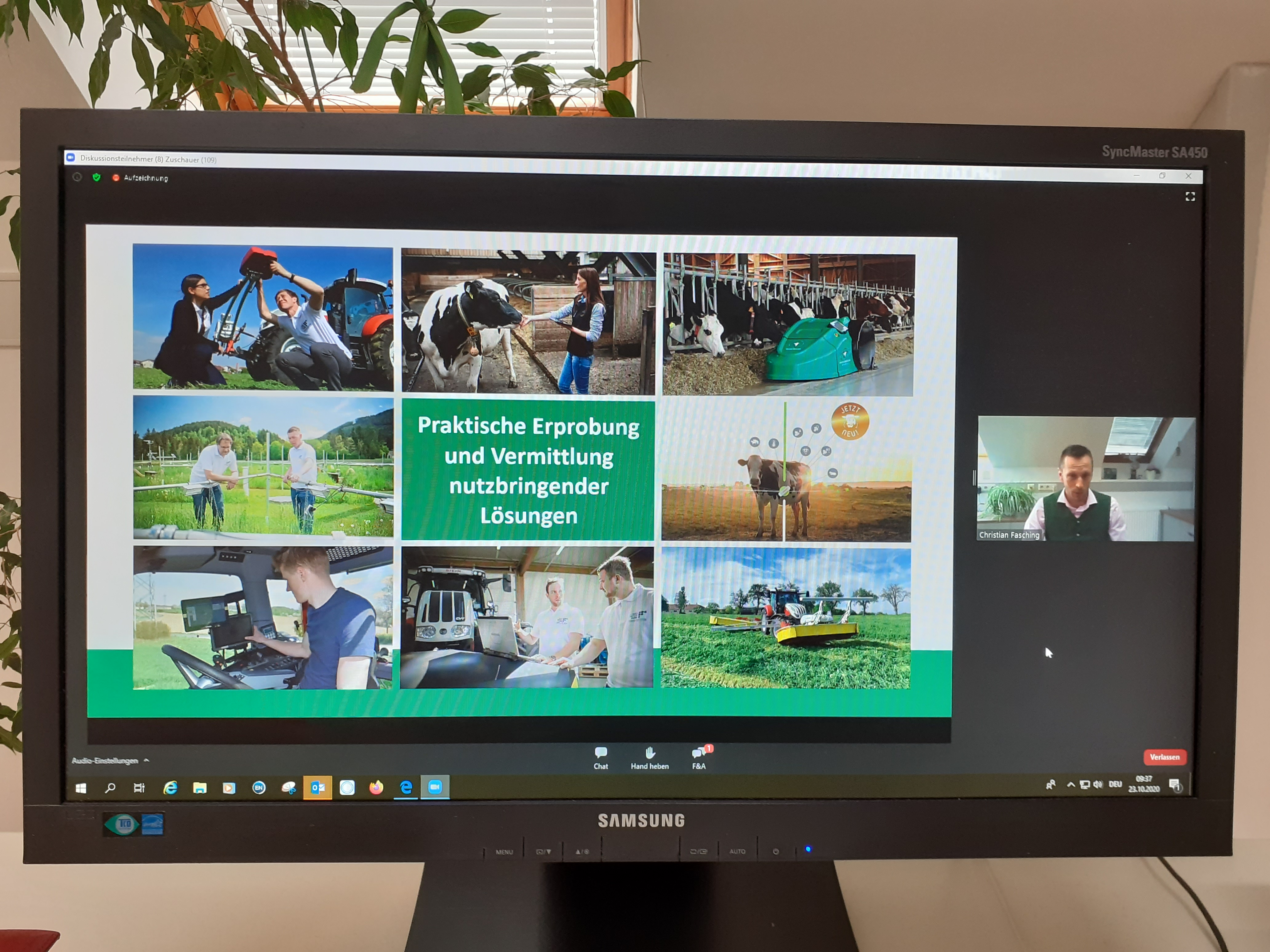
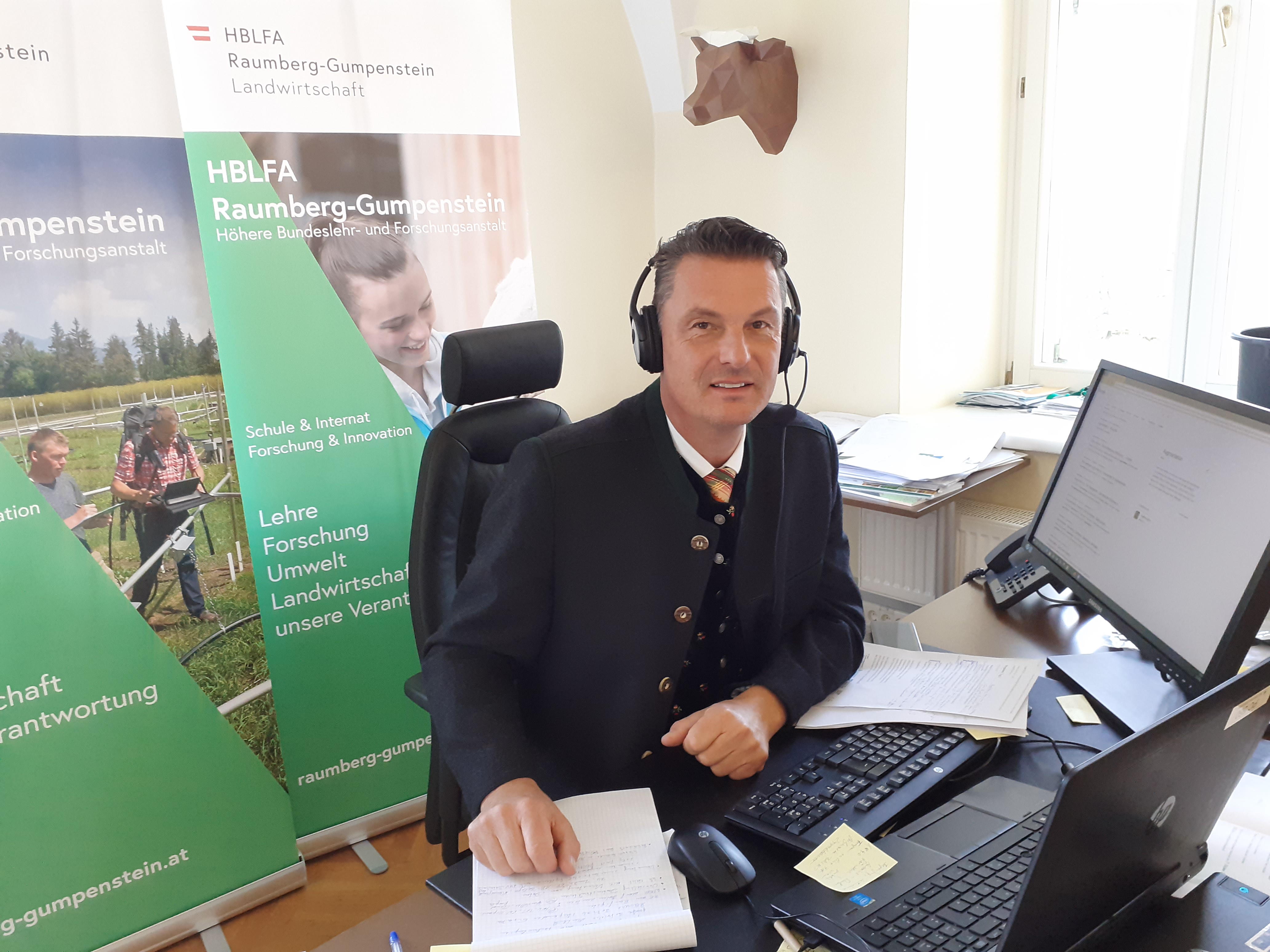
The lectures can be read here:
Measure financed by the LE 14 20 program
 |
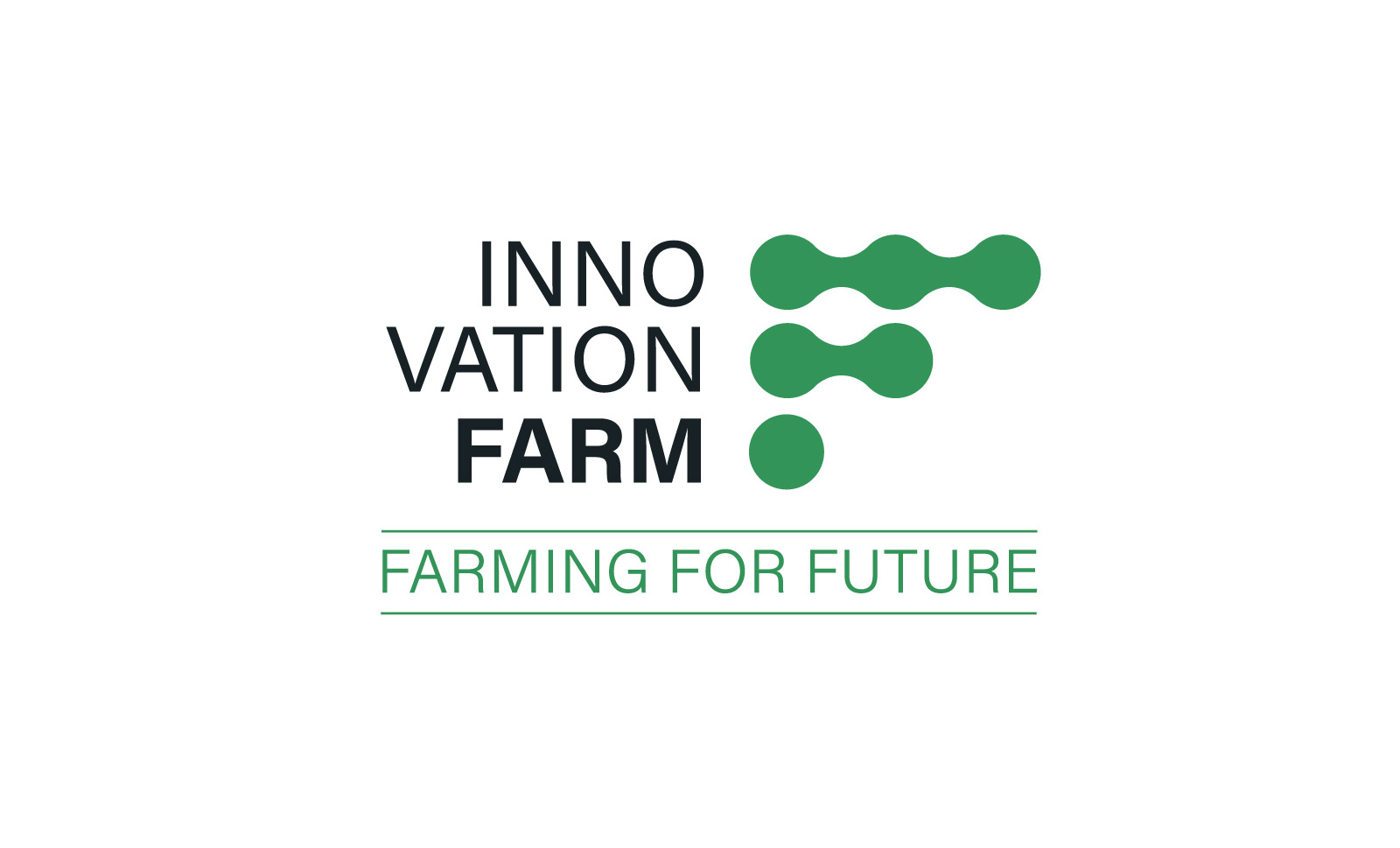 |






